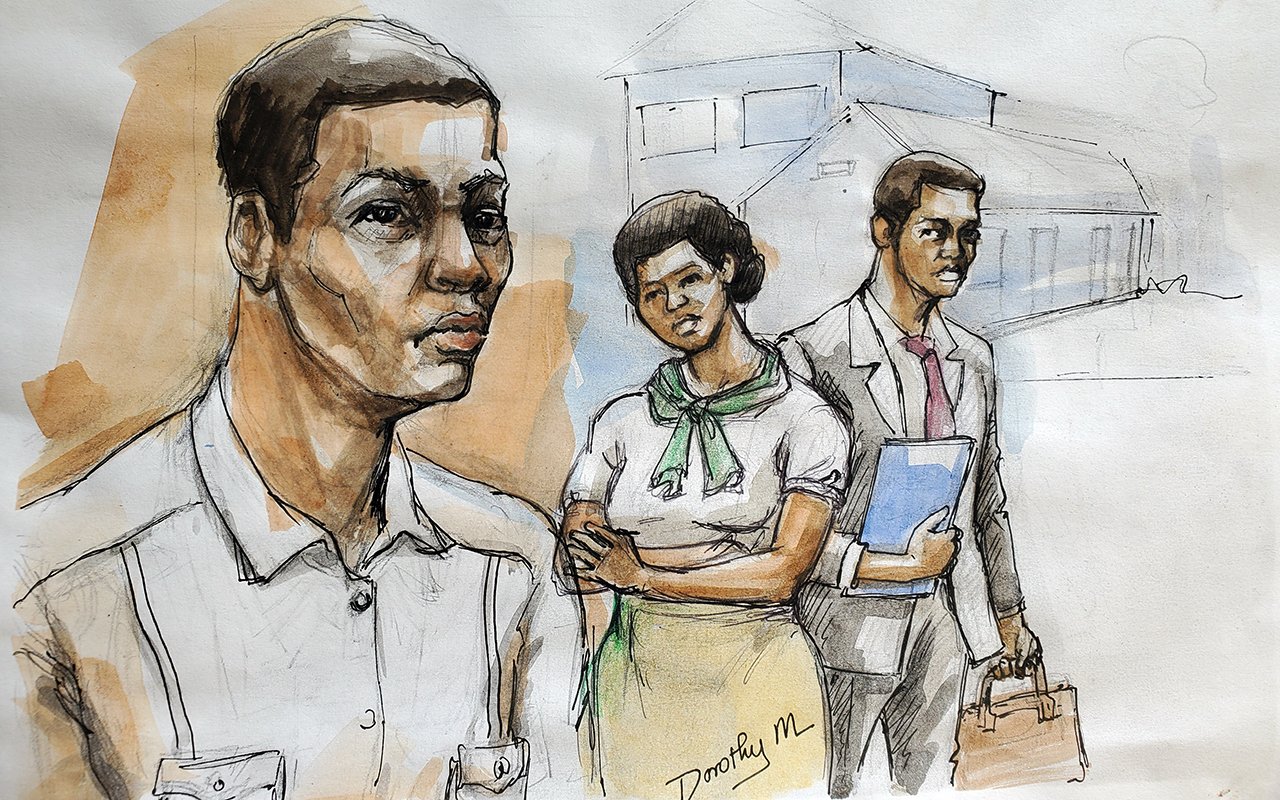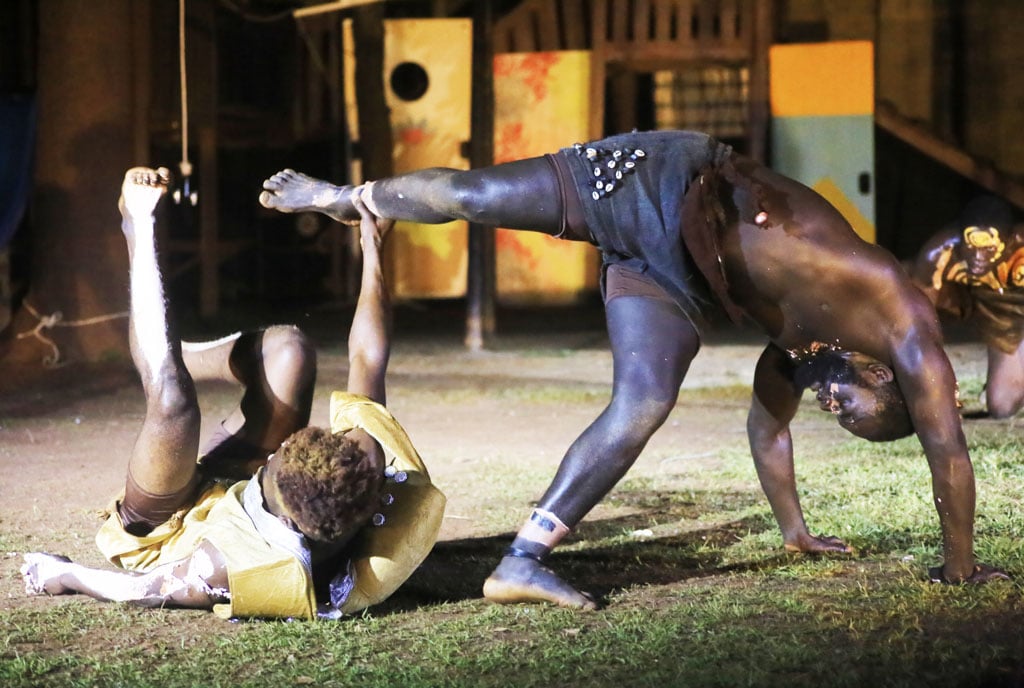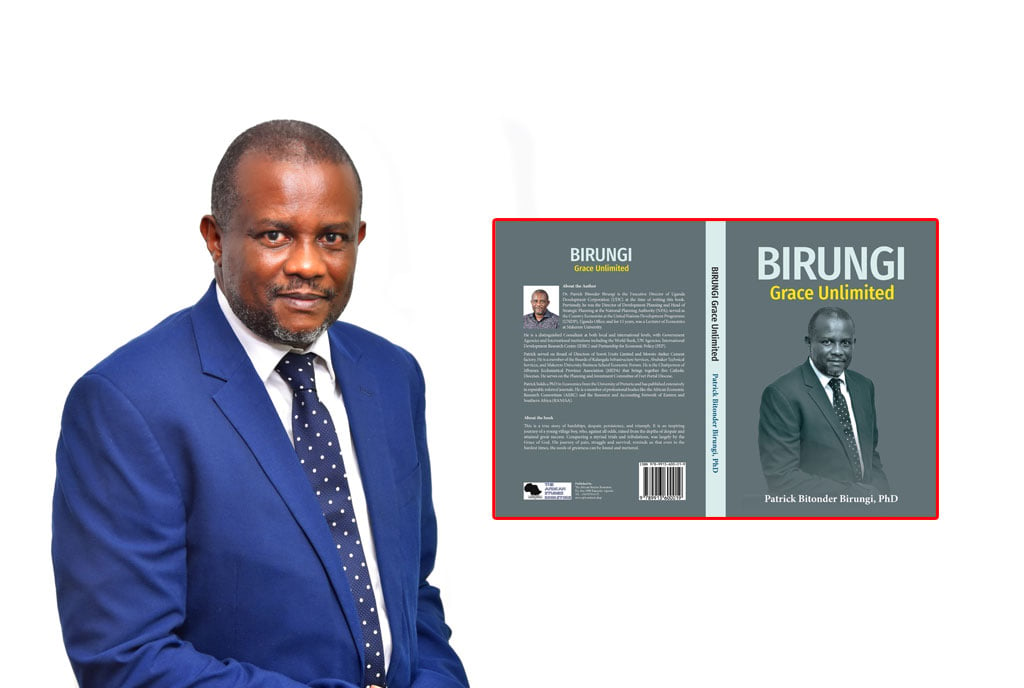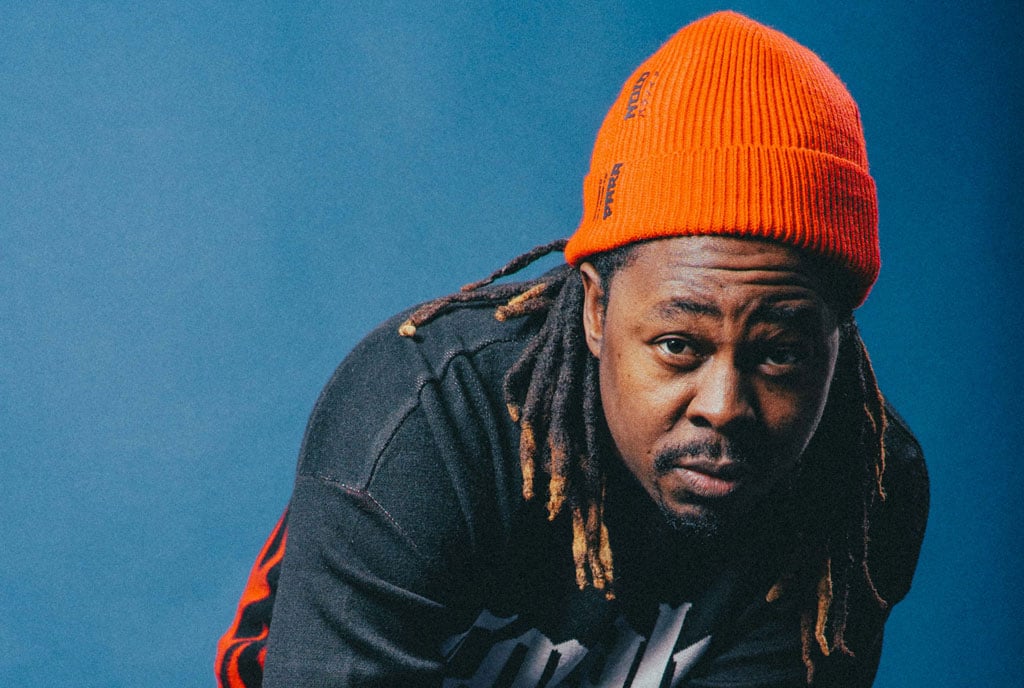
On June 24, 2013, at about 6:30pm a one Abdaifatah was walking along the streets of Nairobi in the company of two friends, when they came across a robbery in which one youth was being accosted by three other s in a bid to grab his mobile phone. The victim of the robbery apparently knew Abdaifatah and called out to him by name to come to his rescue.
Abdaifatah crossed the road to assist the victim and when he reached the assailants he told them to let go of their victim. One of the assailants, who had a dagger in his hands, stabbed Abdaifatah once on the left side of the chest. Abdaifatah’s friends picked stones to throw at the assailants who then fled.
Abdiafatah’s two friends and other members of the public helped to take him to a nearby clinic where he was referred to a hospital. He was, however, pronounced dead at the Aga Khan Hospital where he had been rushed for treatment. The doctor who carried out a postmortem examination on the body of the deceased formed the opinion that the cause of death was excessive bleeding due to a single stab wound caused by a sharp object. The doctor made this conclusion when he observed that the body of the deceased was very pale, an indication of excessive bleeding.
Abdulahi Mohamed was subsequently arrested and charged with the murder of Abdaifatah. He denied the charges and stated in defense that on the day and time in question he saw some youth fighting and recognized one of them as Abdiafatah who he had known for 3 to 4 years. He decided to go and pull Abdiafatah out of the fight. He said that upon pulling him, he noticed that Abdiafatah was bleeding from his left chest but it was not a lot of blood and he did not consider the injury as serious. He denied stabbing the deceased and said that the deceased informed him that he had been injured during the fight.
Abdulahi was tried for murder and a number of witnesses were called to testify, key among who were the two friends the deceased was in the company of that evening. However, pending judgment, the accused asked court to grant him and the family of the deceased time to reconcile and settle the matter out of court in accordance with the Somali culture, law and religion. It was also the wish of the complainants to settle the matter out of court as they had already signed an agreement and reconciled and felt that the agreement ensured justice for them and the community.
The lawyer for the accused presented the agreement as some kind of plea bargain. The law anticipates that plea bargain agreements involve both the prosecution and the accused person. The law defines a plea bargain as an agreement entered into between the prosecution and an accused person in a criminal trial in accordance with the law. The law is precise on how a plea agreement is entered into and enforced. The process involves both the prosecution and the accused person while taking into account factors such as the interests of the victims of the crime. This is different from civil cases where the parties involved can freely negotiate and present their agreement in court for enforcement.
The prosecution was, however, not involved in the process, and bypassing this would be departing from the essence of public prosecutions. The prosecution opposed the agreement and was unwilling to pursue a plea agreement with the accused. Court observed that it was within the constitutional powers of the Director of Public Prosecutions to undertake criminal proceedings and enjoys autonomy in the exercise of this function.
Court ruled that the constitutional recognition of alternative justice systems as one of the principles to guide courts in the exercise of judicial authority does not exclude criminal case. Court noted, however, that there are no policy guidelines on how to incorporate the alternative justice systems in handling criminal matters. The law limits the application of alternative dispute resolutions to certain category of offences, and does not extend to all criminal offences. There is also no formalized structure on how informal justice systems can be applied to handle criminal matters and their scope of operation. Policy engagement is paramount to provide guiding principles on such aspects as the type of cases that can be determined through the alternative justice systems, interrelation of such application with the court process, and how and when the alternative process is to be invoked in the course of proceedings among others.
Court noted that owing to the seriousness of the offence in question some direction is needed in the application of the alternative justice systems in the court process. This was to ensure that there was consonance with the constitutional principles and the requirements set out on the application of traditional dispute resolution. Court was of a strong opinion that there was need to develop a policy to mainstream alternative justice system with a view of enhancing access to and expeditious delivery of justice.
To court, a crime is an injury not only against the affected individual or individuals but also against the society. Offences are prosecuted by the state, which in so doing protects the social rights of all citizens. Therefore, at the minimum, the prosecution should have been consulted before having the reconciliation agreements and customary laws applied in resolving criminal cases. In this case, the prosecution turned down any offer by the accused to negotiate a plea agreement. The judge ruled that by asking court to enforce an agreement between the accused and the family of the deceased, to the exclusion of the prosecution, amounted to a disregard of the law on powers of the prosecution. To the judge application of alternative dispute resolution mechanisms had to be consistent with the Constitution and the written law of the land.
Court considered that the case against the accused, a case of murder, was a very serious offence and as such reconciliation as a form of settling the proceedings was wrong and prohibited. To court the request for reconciliation was made late when the case had been heard to its conclusion. The application was henceforth dismissed and disallowed and later court pronounced itself on the criminal case.
To be continued







